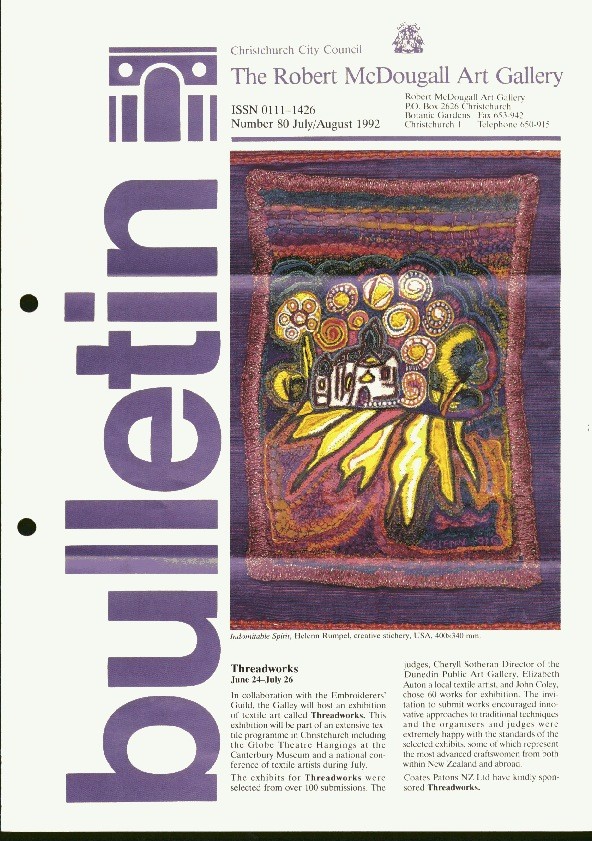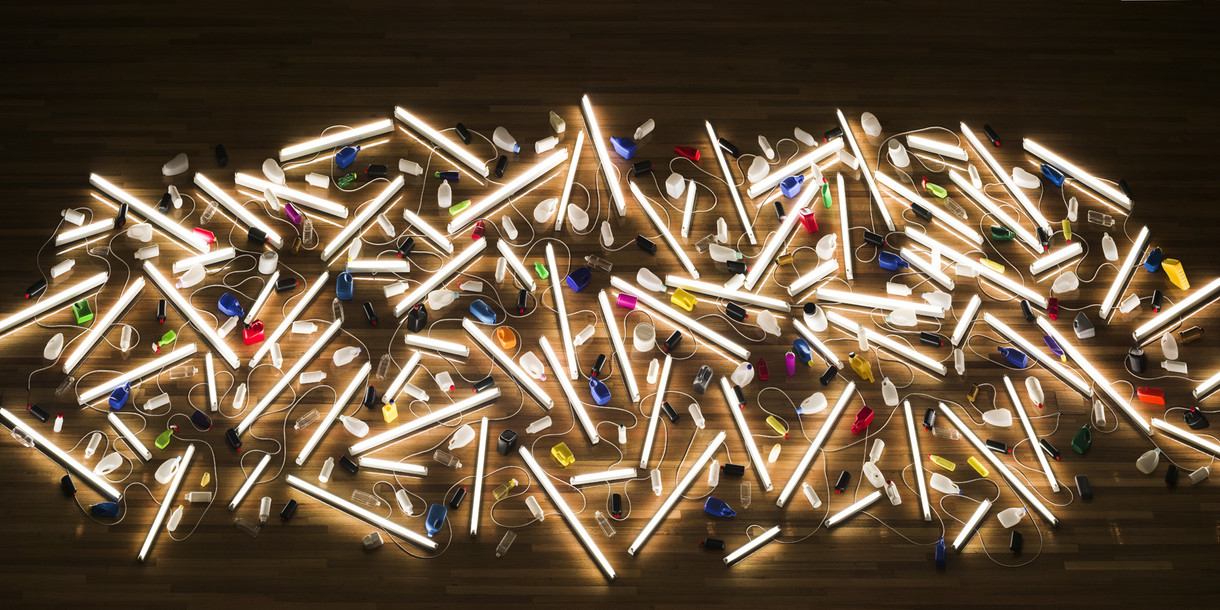This exhibition is now closed
This second major installation for 1992 from the permanent collection will also place on exhibition once again a number of works that have seldom been seen in recent years.
Among these is a distinctive marine painting by John Wilson Carmichael (1800-1868) titled The Shannon and the Chesapeake. This painting which was until 1931 in the collection of Major A. C. D. Spencer was bequeathed that year by his widow to the Canterbury Society of Arts who gifted it to the gallery in 1932.
Like many of the marine paintings by J. W. Carmichael it reveals his intense powers as a draughtsman and his concern for natural elements, particularly the forces of weather at sea. Carmichael was born and spent his youth at Newcastle-on-Tyne. At an early age he went to sea and became familiar with shipping.
Following his experience he began training as an artist and became a pupil of Thomas Miles Richardson senior (1784-1848). For a while he also worked as a designer in a ship builder's office and did colour work for Newcastle architect John Dobson before committing himself completely to painting. Until 1825 much of his work was in watercolour often taking his inspiration from the Northumberland coast. However, he was also keenly interested in the exploits of the Royal Navy and incidents from British naval history frequently featured in his work. The Shannon and the Chesapeake is a celebrated example. It is thought that Carmichael painted this work in 1841 commemorating the deeds of Admiral Sir Philip Bowes Vere Broke who died that year aged 65.
Broke, or "Brave Broke" as he became known, was the central figure in the duel that occurred between HMS Shannon and USS Chesapeake. In 1812 the long war between England and France resulted in blockades that were proving destructive to the American economy, with the result that the staunch Republican President James Madison would tolerate it no longer and declared war on Britain. As there was no naval action as such, engagements only occurred between individual US and Royal Navy vessels.
On June 1 1813 the Royal Navy's 44-gun frigate HMS Shannon under the command of Captain Broke duelled outside Boston harbour with the US frigate Chesapeake carrying 50 guns and a crew of 376.
The Americans were confident of success but proved to be no match for Broke's 306 highly-disciplined men who had honed their skills during the war with France. After two broadsides from Shannon's guns which had a discharge of 1,176 kilograms the British sprang across the bulwarks and within fifteen minutes had captured Chesapeake and run up the Union Jack.
During the fight Broke was severely wounded but recovered and continued his service in the Royal Navy eventually achieving the rank of Admiral. Even though Chesapeake had superior armaments and large man-power she was crippled by the two broadsides fired over her gunwales. When Broke fell wounded, Provo Wallis, his second lieutenant, took command and escorted the captured US vessel to Halifax in Nova Scotia. As a result of the conflict the total causalities were 71 killed and 174 wounded. The British victory became part of naval folklore and even celebrated by a popular song.
Carmichael's depiction of the engagement is highly dramatised. Captain Broke is shown heroically, with his sword raised being rowed towards Chesapeake in the midst of a howling gale.
The composition has been intensely enlivened for pictorial effect. In fact the duel occurred in much calmer seas closer to the marine artist Thomas Whitcombe's depiction painted many years earlier.
('Works from the Collection', Bulletin, No.80, July/August 1992, p.2)
-
Date:
19 July – 25 October 1992 -
Location:
Robert McDougall Art Gallery - main gallery -
Exhibition number:
513

